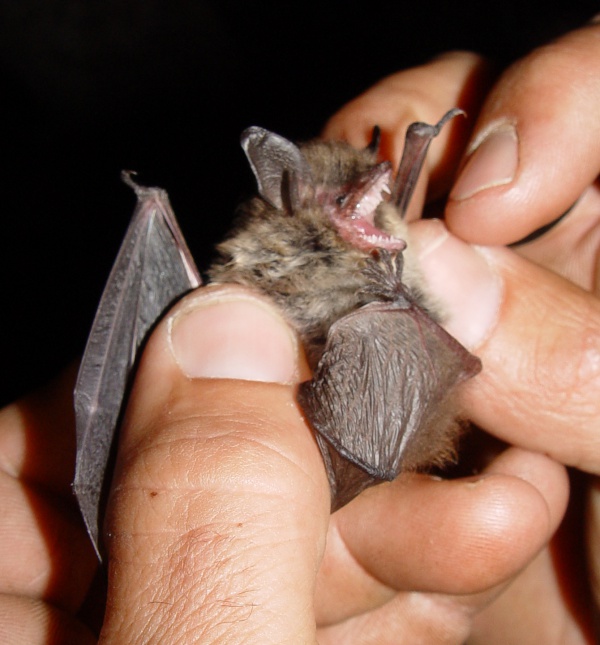Facts About Whiskered bat
The whiskered bat, along with its close relatives, is a small European species distinguished by its lengthy fur. Though not always common, the species Myotis mystacinus is now frequently encountered near human settlements and water bodies. This bat closely resembles Brandt’s bat (Myotis brandtii), but it was officially recognized as a distinct species in 1970.
Over the years, scientists have gathered extensive information about these bats by examining their physical characteristics, behaviors, and genetics. This research has led to the identification of additional cryptic species within the Myotis genus, such as Myotis alcathoe, Myotis aurascens, and Myotis ikonnikovi. Another bat, Myotis hajastanicus, was once considered part of the Myotis mystacinus group but has since been classified as a separate species due to distinct physical differences.
One fascinating aspect of the whiskered bat is its echolocation. Myotis mystacinus emits sound frequencies ranging from 34 to 102 kHz, with the most energy concentrated around 53 kHz. The typical duration of these echolocation calls is approximately 3.0 milliseconds. This echolocation data enhances our understanding of the unique traits and behaviors of the whiskered bat and its relatives.

 Austria
Austria